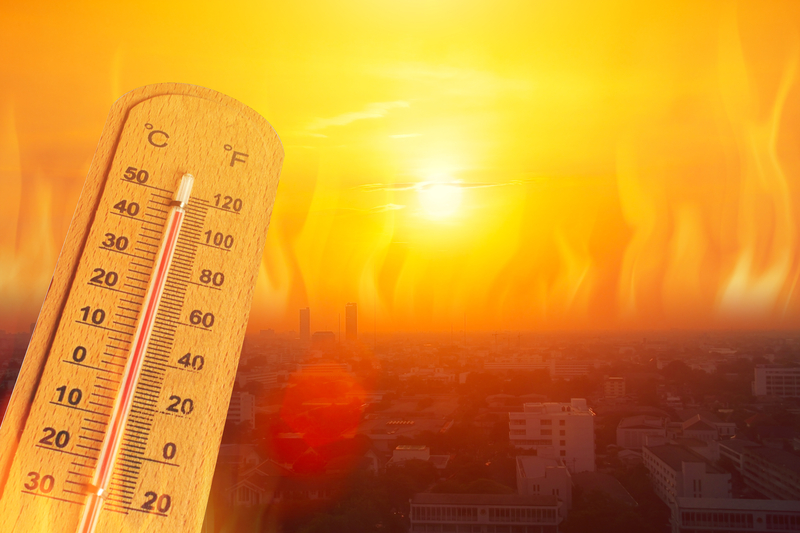Summer is here, and temperatures are rising! Getting outside is great, but sometimes the season’s heat can hinder your plans. If you want to exercise safely in the heat, there are a few things to consider first:
- Are you hydrated?
- Are you properly protected from the sun?
- Are you listening to your body?
- Is it safe to exercise in the heat?
Hydration
Water is a basic necessity that allows the body to function properly and feel fueled for exercise. As we exercise in the heat, we produce sweat, which is composed of water and is the body’s attempt to cool you down. The hotter the temperature, the more you are going to sweat and reduce the level of water in your body. An increase in sweat without proper precaution may cause dehydration and put you at risk for heat exhaustion or heatstroke.
Drinking water throughout the day and before an outdoor workout is important for good performance and safety. Here are five helpful hydration tips:
- A good rule of thumb on any given day is to aim to consume half your body weight in ounces of water daily. For example, if you weigh 140 pounds, shoot for 70 fluid ounces per day.
- You should drink 8-12 ounces of water 15 minutes to an hour before exercising outdoors in the heat.
- During exercise, you should consume about 3-8 ounces of water every 15 minutes.
- If you’re working out for longer than an hour, consider drinking a sports drink with electrolytes to replenish sodium and electrolytes that have been lost through sweat.
- After you finish exercising, you should continue drinking water throughout the day to remain hydrated and fueled for the next day’s workout.
Sun Protection and Clothing
According to the Skin Cancer Foundation, one in five Americans develop skin cancer. Additionally, having five or more sunburns doubles your risk for skin cancer. Applying sunscreen when you’re in the sun is great, but applying it every day is even better. Any sunscreen with broad spectrum sun protection factor (SPF) 15 or higher is recommended.
Wearing proper clothing, such as a hat, breathable fabrics and light colors, is another precaution to take against the sun’s bright rays. Avoid long sleeves, long pants, and materials like cotton that keep heat closer to your body. Clothing with SPF and ultraviolet protection factor (UPF) are breathable, light and perfect for exercise in the heat.
Time of Day
Picking a time to exercise outside can be hard, and it may be even harder in the heat. The National Weather Service (NWS) Heat Index below compares temperature and humidity to let you know whether the conditions are safe enough to exercise in.

Exercising in a hot, humid environment will cause your body the most stress. As you can see in the index above, if the temperature is 94 degrees with a relative humidity of 55% or higher, the weather falls into the danger zone, meaning it would not be a great time for an outdoor workout. Avoiding both the danger and extreme danger zones should be common practice when exercising outside.
Finding a shaded area in which to work out is another great suggestion for minimizing sun exposure and danger from the heat. The hottest times of the day are between noon and late afternoon (around 3 p.m.). Accordingly, try to plan your outdoor workouts earlier in the morning or later in the evening, when the air temperature is cooler.
Warning Signs
Sometimes your body signals that it is time to stop working out even though you are practicing heat safety. If you experience a headache, a racing heart, dizziness, confusion, fatigue, excessive sweat, vision problems, muscle cramps, nausea or vomiting, you should stop your workout immediately, get indoors, find shade and drink water. If these symptoms continue for 30 minutes or longer, you should seek medical attention. Make yourself and others aware of the signs and symptoms of heatstroke and heat exhaustion with the chart below.

Listen to your body and use these tips to stay safe while maintaining your exercise routine during the summer.
by Kelci Cost


Most Commented